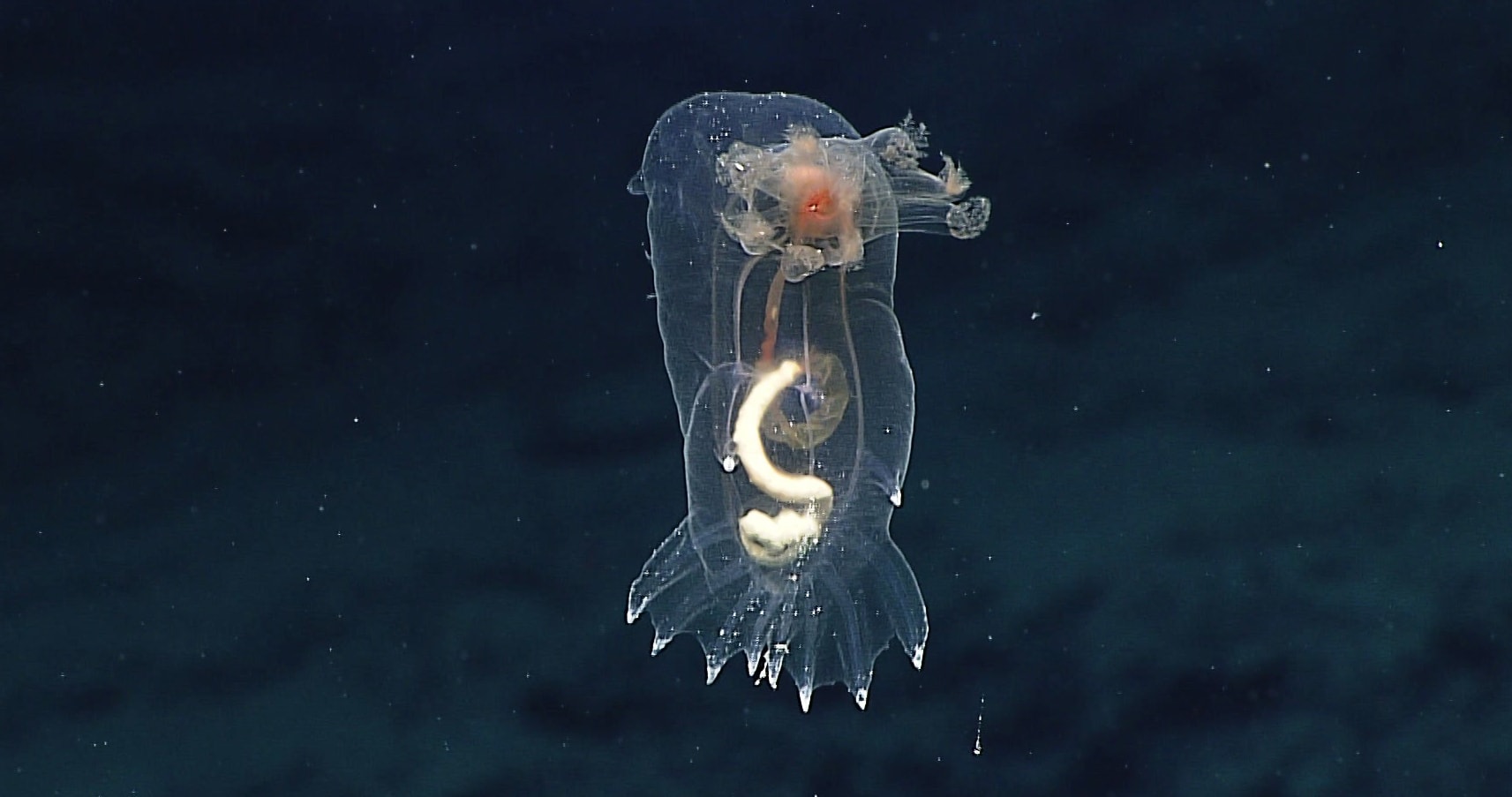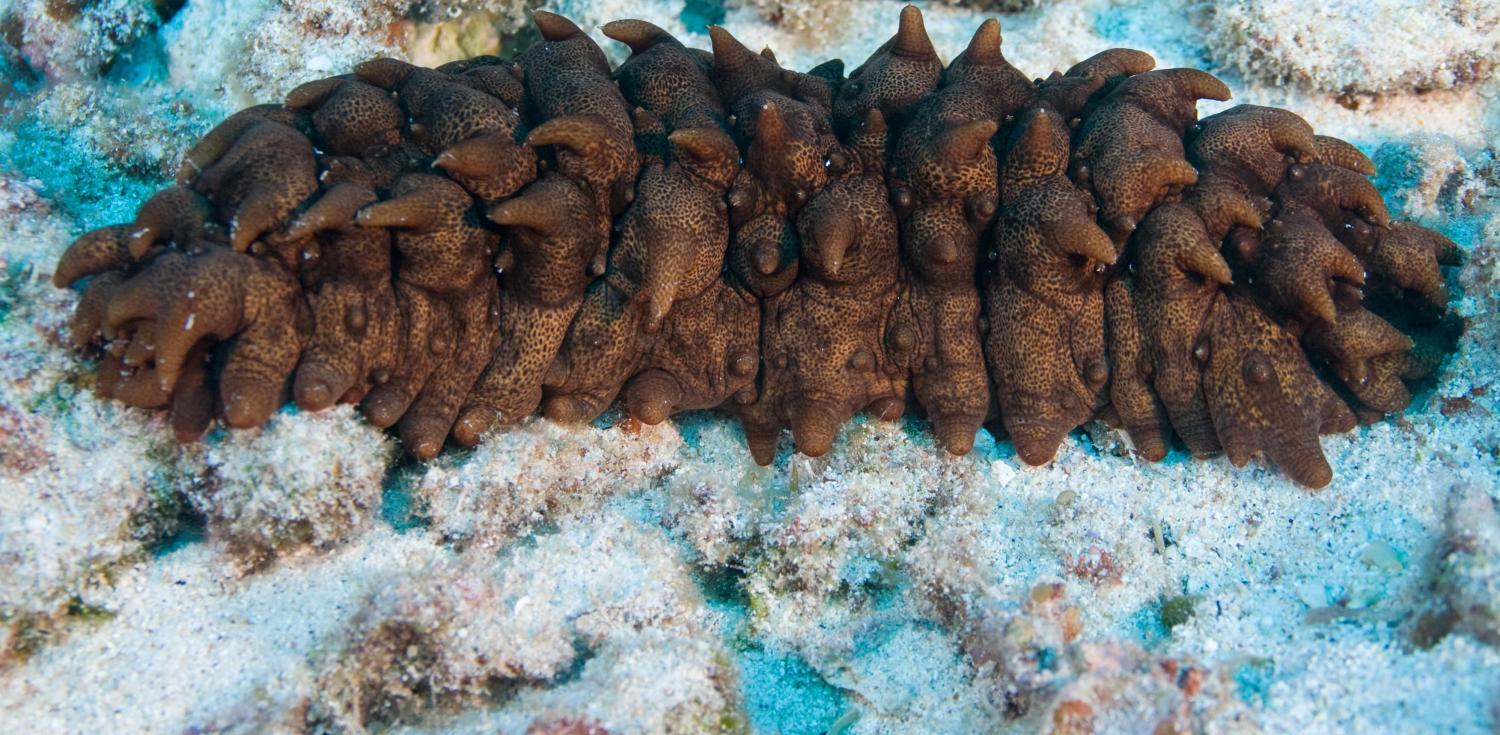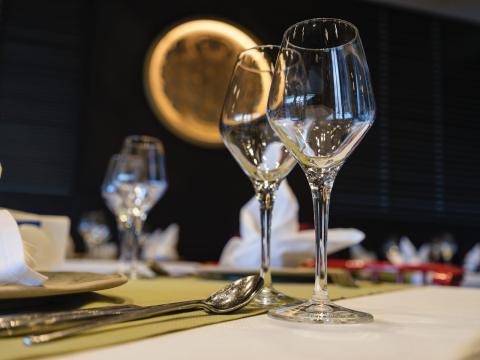This post is based on Episode 16 of The Little Red Podcast, featuring Kate Barclay and Michael Fabinyi of the University of Technology, Sydney.
My first culinary meeting with a sea cucumber - bêche-de-mer or BDM in its processed form - came out of curiosity. After nearly two decades travelling and working in the Middle Kingdom, I was yet to try one of China’s most classical delicacies. Could I claim to be a credible ‘old China hand’? How bad could it be? A visiting delegation of Australian footballers, keen for cultural adventures, pushed the matter onto a plate in front of me. The price tag was a barrier and a lure. Surely a dish worth more than the weekly wage of an ordinary Beijinger had to be edible? Slimy, gristly, flavourless. No.
Just as Australians serve Vegemite on toast to foreigners and hope for a positive response (China is one of the few places where the dark spread sometimes gets a cautious ‘not bad’), the humble holothurian is an acquired taste. And a taste acquired almost exclusively by Chinese people, with small followings in Japan and Korea.
The demand for these echinoderms (the same family as sea urchins and starfish) dates back at least 400 years. With a growing Chinese middle class looking for affordable and status-enhancing touches of luxury, they are known as the ‘gold of the sea’ in Papua New Guinea where Kate Barclay and Michael Fabinyi carried out their research on these ugly yet somehow alluring treats. There have even been busts of ‘sea cucumber smuggling rings’ in New Zealand and the US. Faced with a huge surge in demand (since 1980 China’s per capita seafood consumption has increased seven-fold) some high-value species have been fished to extinction even before they were identified.
Before we recorded this episode, my co-host, Louisa Lim, was of the opinion that the demise of sea cucumbers was not to be mourned. She loathed them on and off the plate. My efforts to win her round with the beauty of their colourful gut forests - many species expel their intestines to catch prey - were unsuccessful. But she was eventually won over when she discovered they are essential to life. They keep coral reefs free of algae, fight ocean acidification and make calcium bioavailable. They also make up the vast bulk of the biomass in deep ocean trenches, where they assume ancient forms Jules Verne never came close to conjuring.

Much of the bêche-de-mer trade also looks like a relic of a bygone era, with relationships between PNG-based exporters and their wholesalers in Hong Kong or Singapore based on networks of trust that date back to the 1960s. These wholesalers capture much of the value, and their monopoly is near impossible to break. As one PNG exporter told Barclay:
One Indonesian, who was very wealthy, tried to open a shop in the Hong Kong BDM market area. One day, he got a visit from migration, the next day the fire department, the next day the police. After two months he packed up and left. It’s not fair that all of the price is taken at this step. A lot of labour is in there but it’s like a low value product – it’s totally wrong! Who says PNG labour is cheap?
A good deal of labour goes into BDM processing. Fishing the creatures varies in difficulty from a child walking into the water and plopping them in a bucket to men risking their life to reach the depths. And before they are ready for sale to exporters, they will be boiled, gutted, and boiled again before sun drying or smoke curing. In remote spots, such as the Brooker Islands of Milne Bay province or Manus Island, BDM can be the largest source of household income.
So when overharvesting led PNG to put a moratorium on the fishery in 2009, villagers who had neglected their food gardens in favour of the ‘gold of the sea’ suddenly found hunger stalking their communities. Other marine products, including sharks fin and seashells, could not make up the difference. The capacity of PNG’s National Fisheries Authority (NFA) to manage a lucrative fishery spread across a vast marine area is limited, so some illicit trade continued.
Those involved in smuggling BDM out of PNG – hiding bags of it at the back of shipping containers filled with logs – are well versed in how to handle provincial fisheries officers and customs officials. One trader, who thought plenty of sea cucumbers were taken during the moratorium, said: ‘They just give them a case of beer and they look the other way.’
From Hong Kong, BDM is often smuggled into mainland China, either via Vietnam, across the border in small quantities at high frequency, or mixed in with seafood that attracts a tariff lower than the 30% BDM is hit with. The prevalence of ‘gray trade’ makes it difficult to bring sustainability to the fishery, even if more species are listed under the Convention on International Trade in Endangered Species of Wild Fauna and Flora (CITES).
Nor is this a tale of helpless Pacific Islanders being taken for a ride. BDM exporters aren’t the only ones with tricks up their sleeves. PNG fishers increase the price of their product by inserting batteries and stones into the animals, nailing and stretching them on sticks to bump up their grade (the NFA grades by length), and even inserting lollyfish inside of sandfish.
The canny fishers end up with around two-thirds of the export value of BDM, while partners in Hong Kong squeeze the exporters, particularly if they rely on them for credit. At the height of the season, the sums involved are impressive, and few PNG nationals have pockets – or networks – deep enough to play the game. As one PNG trader, who was about to take over his father’s business in Manus explained:
My dad was just a picture; he was a front for his Chinese partner. We’re just workers, but they need partners. To get started as your own company, you need at least 300,000 kina ($120,000). The high value species command a lot of money, as much as K280 ($113) per kilo. So we can easily go through K100,000 ($40,000) in one day. The importers are [our Chinese partner’s] concern, but we met them in Moresby once.
With sums like this, it’s likely that the sea cucumber will soon be overfished again in PNG, following the boom-and-bust cycle that is seen from Kenya to Sri Lanka to Mexico. More than 80 countries export sea cucumbers to China, so when one fishery closes, another is targeted.
The sea cucumber does have one unlikely friend. Xi Jinping’s anti-corruption drive has cut demand for BDM, with Guangzhou traders reporting price drops of 30-50% for high-value species such as sandfish and teatfish on the back of the crackdown.
The sea cucumbers other major problem, as my co-host can attest, is its image. No one is going to champion a slug, particularly not one that is served up at weddings. As Michael Fabinyi explained, ‘the sea cucumber isn’t quite as sexy, shall we say, as the shark.’
Aside from shark fin, efforts to raise awareness of the dangers that Chinese dining habits pose to far-off fisheries have come to little. Chinese consumers, restaurateurs and traders look to governments to take action, and interest in eco-labels such as the Marine Stewardship Council is limited, due to low levels of consumer trust. As one Guangzhou seafood trader explained to Fabinyi, 'everyone knows that these certifications are just bought by companies anyway, and aren't actually worth anything, so no-one will pay extra for them'.

